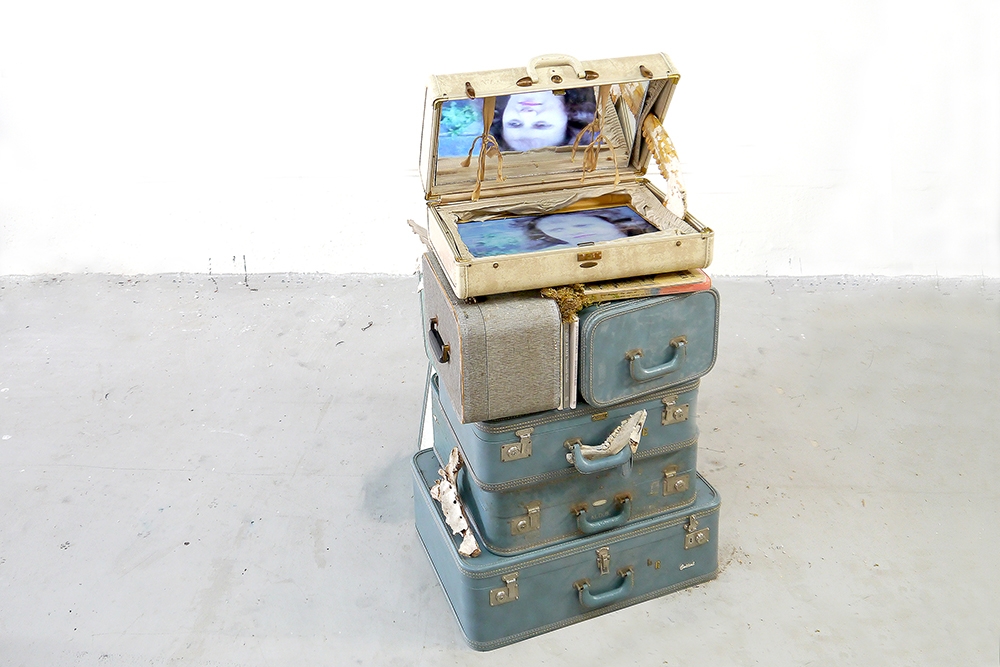Florida Prize 2019 [Write-ups]
Orlando Sentinel
By Trevor Fraser
“I love the cultural diversity of languages and histories of Floridians speaking Spanish, French, Dutch, and Creole, as well as Indigenous and African dialects. The pastiche of faces, stories, and cultures is a living collage that I base my own studio collages on. My intent for the Florida Prize Exhibition is working at the interstices of categories, where photography merges with sculpture or sculpture with installation. Exploring niches that feel both traditional and contemporary. My sculptures, depend upon found materials. I do not see these objects as a representation of “waste” but that of “possibilities,” Where the discarded, the broken, the unwanted can metamorphosize and regain dignity” – Anja Marais
Orlando Weekly
By Richard Reep and Jessica Bryce Young
…Next we come to Anja Marais. Her area narrows the view to black and white, a deliberate reference to her identity as a white African. Her installation channels piles of white-washed found objects into totems of self and family. Where Kobašlija showed junk misplaced in Florida’s nature, Marais elevates it into sacred cairns. Marais’ beautifully detailed work has a raw, earthy energy…









